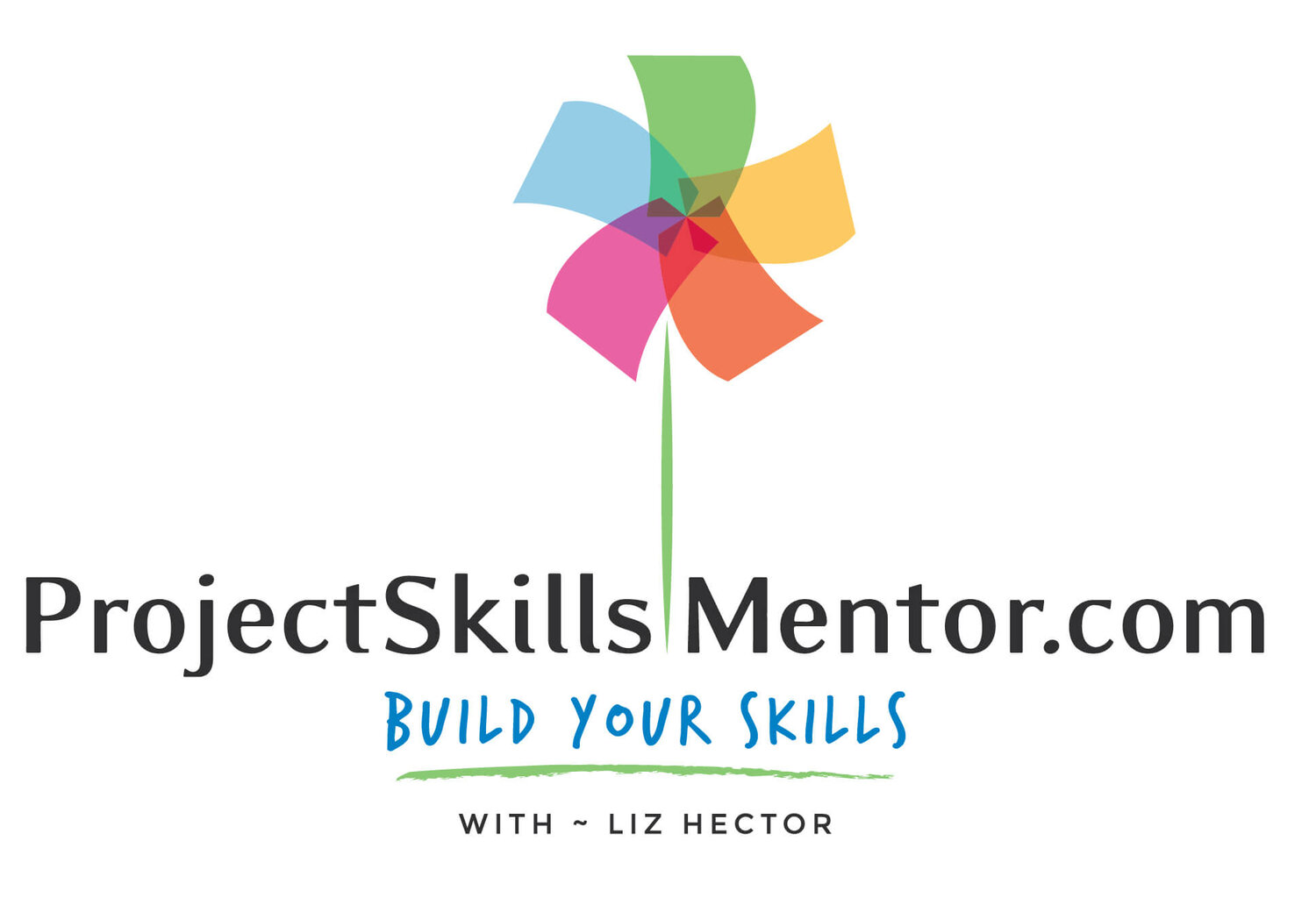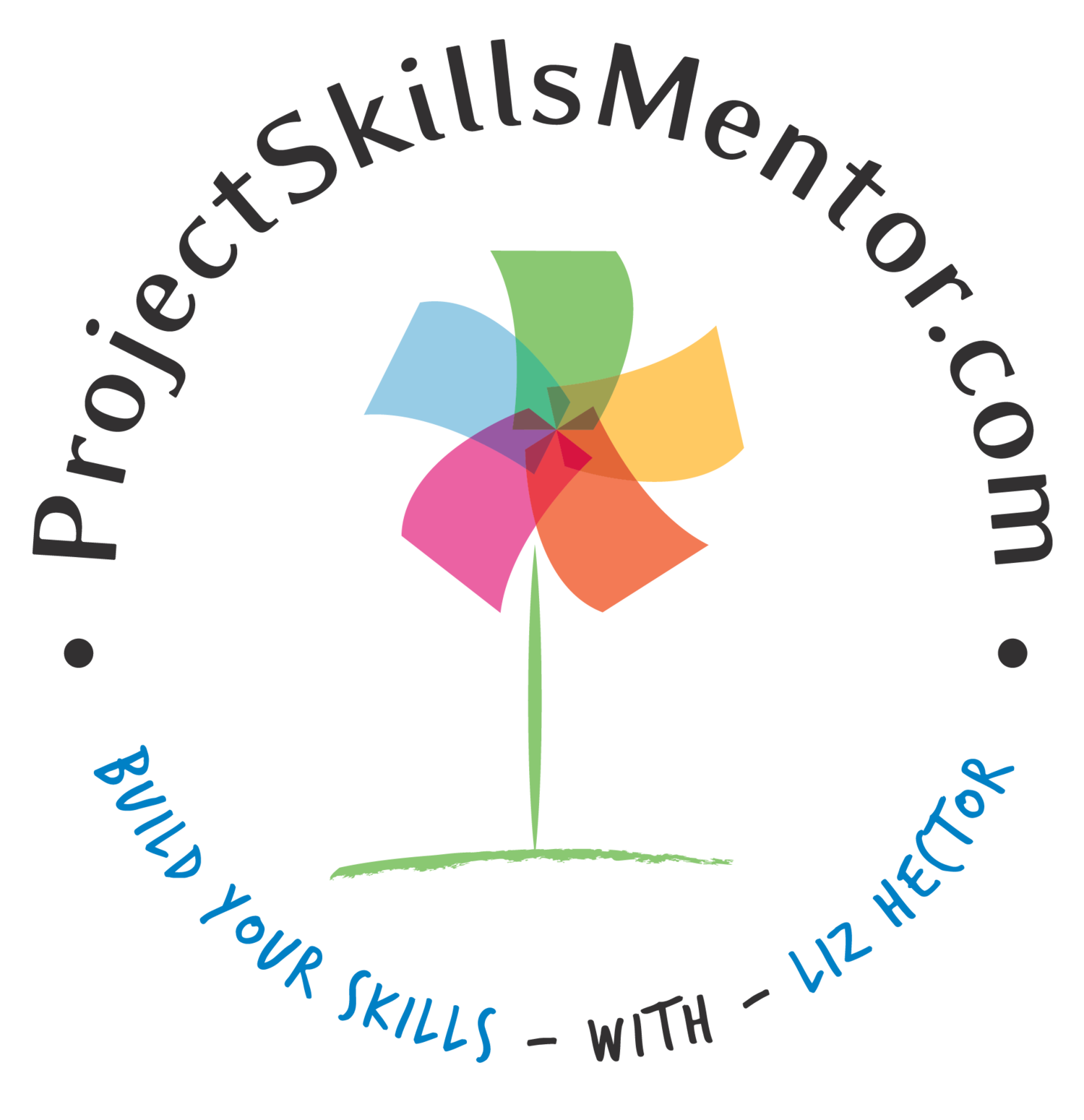The New Mentorship Model
Mentoring for the 21st Century
The practice of Mentoring has been around for ages, But what new models can we apply to the make it work better for today’s workforce.
Mentorship — the act of engaging a trusted advisor
What if you could get help to -
Build confidence in yourself and your abilities.
Create a connection with like-minded people.
Get real feedback to help you grow.
Be supported to overcome issues.
Access information is needed to fill a knowledge gap.
Mentorship can do that. But what is it?
What is Mentorship?
The typical definition is of a mentor is “a senior trusted advisor with knowledge, skills, and experience to share”. In contrast, the Mentee is generally modeled as a junior staff mentor with basic skills, little experience, the need to learn, and not much to share or teach.
This model sets out a view that may be correct some of the time but is rarely so completely 0/1 or black/white. People are much more complex.
“As a professional relationship in which an experienced person, The Mentor, assists another person, The Mentored, in developing specific skills and knowledge that will enhance the less experienced person’s processional and personal growth. ”
Therefore, the Mentor is defined as the more experienced or knowledgeable person to a less knowledgeable person. This relationship can be older-to-younger, skilled- to-unskilled, educated-to-undereducated.
It may work, but it is sub-optimal. And since research has found a direct link to successfully mentored and managed project teams to successful project outcomes. We will review this new proposed model and how we can improve the likelihood of success.
No matter if the project is large or small. Team members who benefit from mentoring can create a virtuous circle of planned expectations and realized goals.
I have found a direct relationship. The process of mentoring is a success factor for Projects. The success of the people on the project will undoubtedly impact the success of the project.
What if Mentorship was more inclusive?
What if we are sometimes the student, other times, the teacher. Occasionally, we are both at the same time?
What if Mentorship was a shared learning, a shared teaching, and a shared journey between one or more people?
What if Mentorship was a platform to share ideas and build off of each other. To engage in a way that included a shared understanding of the process, the inputs, and outcomes. To engage in a process that allowed a mutual relationship of equals who agreed to share time and insights for a mutually declared goal.
The result could be a new way of Mentorship. With the value defined, the process transparent, and the outcomes are planned to support and encourage people to manage their own learning to maximize their potential: improve performance and behaviors, develop skills, and build a template for their future.
A Mentorship Lessoned Learned
The concept of Mentorship is not entirely new. But may be new to some. A story to illustrate: Years ago, I managed diversity for years at a Fortune 500 company. We had an issue: high performing younger staff were leaving the company early because they were not getting the pay and promotion others were getting. The data indicated that people performing better in every measurable way were getting passed over by those under performing by all metrics reported. This group of Young Talent (as they were known) had one shared attribute: they were women.
I set up a Mentorship program to allow the Senior Management to Mentor the Young Talent. This way, the Senior management could share some of their knowledge, especially know-how about leadership and how the Young Talent could build their network and show their skills. In turn, the Young Talent would share their knowledge of the next generation's challenges and opportunities and their views on the business's future as an employer and company.
The outcome? In summary some improvements, but some missed opportunities. Better understanding by the Seniors led to more knowledge of the next-generation's skills and ambitions. Today, there are more Senior Executives from the Young Talent group. However, Senior Management lost a moment to listen, learn, and reflect for their own growth and that of the business as a whole. Since this learning value was not mutual, the Mentor found it unsustainable, so these connections dissolved.
Are we ready for a new kind of Mentorship?
The partnership between one or more persons to promote growth, understanding, support actively, and learning. Building confidence, capabilities and career growth. Is Mentorship right for you?
Should you engage in the Mentorship model?
When done correctly, Mentorship can help all parties involved. Mentorship can be designed to address a long or short term, formal or informal connection meant to help one (or better yet, both parties to):
Prioritize actives or work — know where to start
Address a specific issue — solve a problem
Create a learning moment — learn one new skill
Share information — presenting information can be validating.
Help define the undefined — formalize thoughts and ideas.
Define and Organize goals — make a plan with more than one objective
Test ideas and aspirations — think big
Challenge your thinking — confirm or question
Validate your self-perceptions — confirm or question
What are the elements of a good Mentorship?
Like any partnership, Mentorship needs a transparent way of working. It also needs an open, trusting, and respectful relationship to allow for good communication. A relationship that can honestly evaluate and give real feedback to the receiver.
While this seems difficult - and it can be. There are some project-related processes we can put in place to help increase the likelihood of success.
Make a Mentorship Plan — an aspirational plan to set exceptions. A practical document detailing the objective(s) of both parties, key topics, success factors. This Plan can also include the work needed to build a relationship to meet the baseline requirements of an open, honest, and respectful foundation. If a longer-term Mentorship is planned, themes (see the list of possibilities above) may be used to draft a goal of objectives to work through together. For more on Theme's you may want look at this video from CGP Gray click here.
Create a Mentorship Contract — Create a document including the meeting plan, themes, roles and goals, and ways of working. Be SMART (Specific, Measurable, Achievable, Realistic, and Timely.) just as you would for a project. In this case, You and your Mentorship are the projects.
Track your Success — Just as you would in a project, make time to check the success, address the issues, and readjust the process. Allow time for Status calls to check the process, not just the theme discussions. Keep a log of open issues, questions, keep a log of the theme for that meet or series of meetings. Always follow up on open issues until both parties agree they are closed. Mentorship is a journey of discovery, not a list of checkboxes to complete.
How to take the next step?
Of course, this implies that the mentorship plan is formal. When formal it is easier to apply the above points. However, if the process starts as informal mentoring, this can always been made more formal and then the Mentorship plan can be addressed at that time.
If informal throughout the life to the Mentorship, then you may just use these opportunities to address specific challenges or learning moments. Not every shared learning moment will be codified for personal growth. You may want to declare the mentoring relationship to ensure that you and the other parties(s) have the same understanding of the exchange. But sometimes things are more organic than organized,
In the next blog, I will discuss the types of Mentorship beyond formal and informal. Namely: Self-Mentorship, Person-to-Person, and Community Mentorship.
If you would like a free Mentorship Workbook that models this new way of working from start to successful completion, please go to The Mentoring Process blog.
What did you think of the Mentorship points I brought out today? Do you believe that Mentorship equality can be reached? Were there things you would add to the ideas? Share your thoughts in the comments below.




